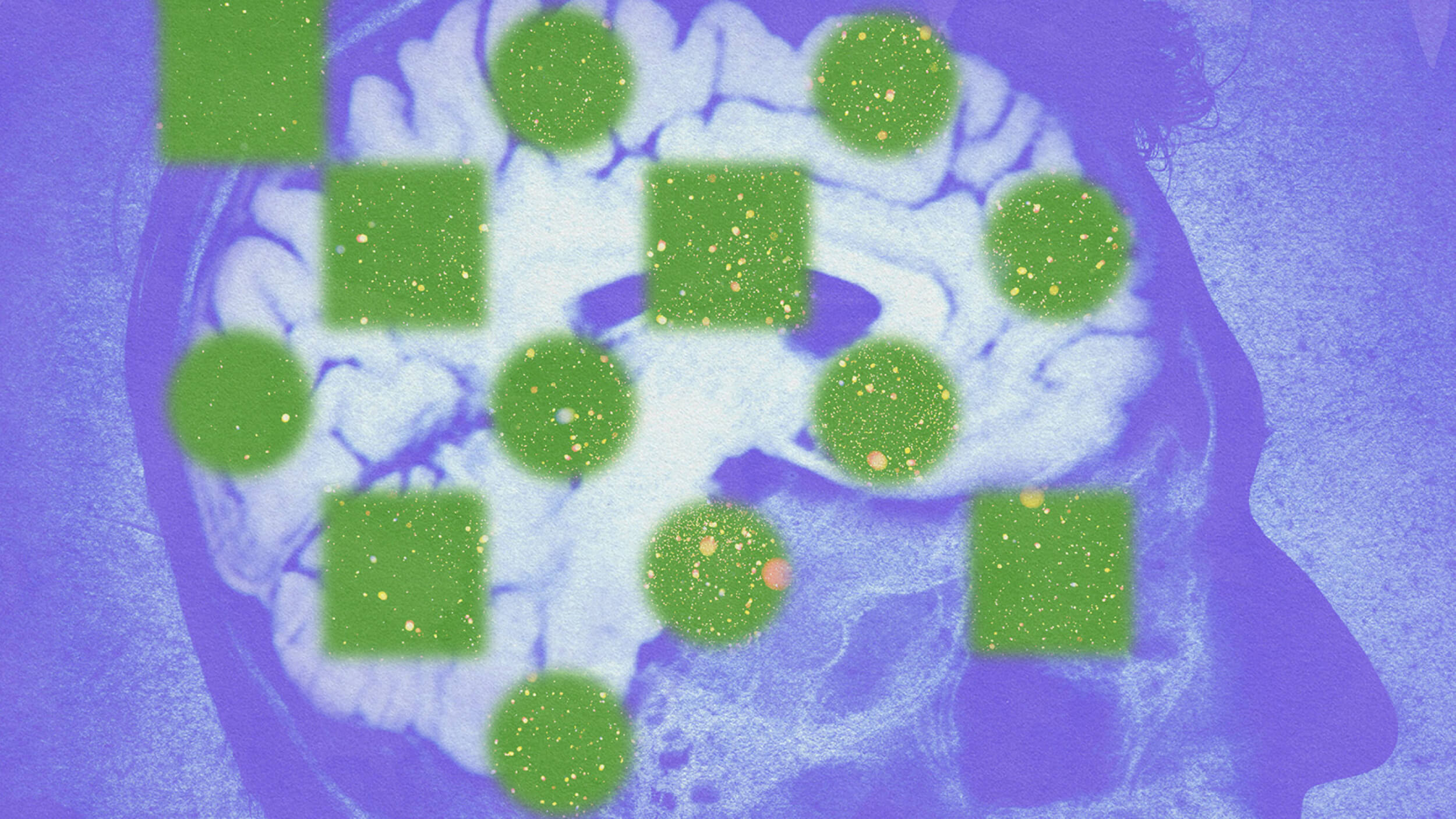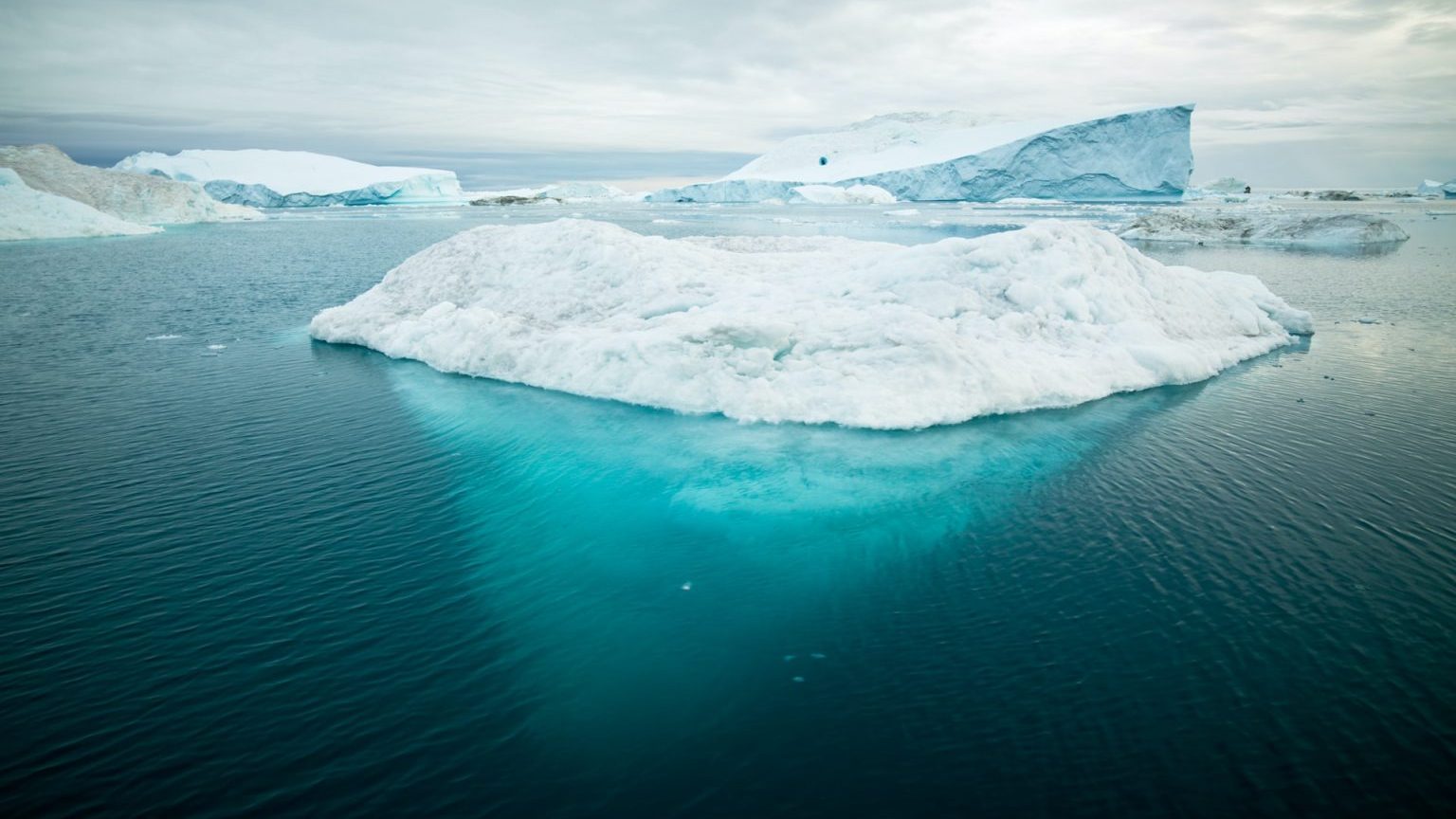New study: Microplastics found in all beached dolphins, whales, and seals

Photo credit:Joe Raedle / Newsmakers
- 50 beached dolphins, whales, and seals were tested in Great Britain.
- All had microplastics in their digestive tract — mostly in the stomach.
- 84 percent were synthetic plastics; of those, 60 percent were nylon.
Scientists studied the bodies of dolphins, whales, and seals that washed ashore in the United Kingdom. Every single one of them had microplastics in them.
The University of Exeter and Plymouth Marine Laboratory (PML) examined the bodies of the animals and made the discovery. In all, 50 animals were studied, and they represented 10 distinct species of seals, whales, and dolphins.
“It is disconcerting that we have found microplastic in the gut of every single animal we have investigated in this study,” said Dr. Penelope Lindeque, from PML.
The vast majority of the microplastics — 84 percent — were “synthetic” fibers, which come from washing synthetic clothing, fishing nets, and — gasp! — toothbrushes. The most prevalent particle type was nylon, at about 60 percent.
The rest were fragments (defined as smaller than 5 millimeters, or about 0.20 inches) from plastic bottles and other consumer packaging, runoff from tires and paint on roads, and more. Some enter the food chain via the fish that these animals feed on, such as mackerel — which have consumed the microplastics along the way themselves — in what’s known as trophic transfer. In other words, not from directly ingesting plastic. Others enter the food chain when plankton eat tiny microbeads.
Previous research has led to the conclusion that organ damage is possible, depending on the animal involved and how much microplastic is consumed. Notably, pesticides are “attracted” the surfaces of plastic, which means they can build over time in the body of an animal that has ingested some of those plastics.
In these cases, however, because the number of particles was relatively low, at a mean of 5.5 particles per animal, it’s assumed that all would have passed through the animals. Notably, however, the stomach was the primary location of most of them, which means they linger there.
Still, this study at least sets a benchmark that future studies will build on.
“Marine mammals are ideal sentinels of our impacts on the marine environment, as they are generally long-lived and many feed high up in the food chain. Our findings are not good news,” said Brendan Godley, of the University of Exeter.








